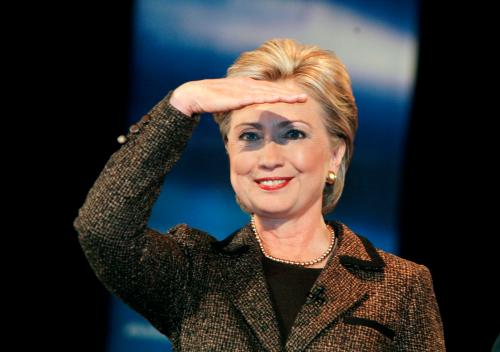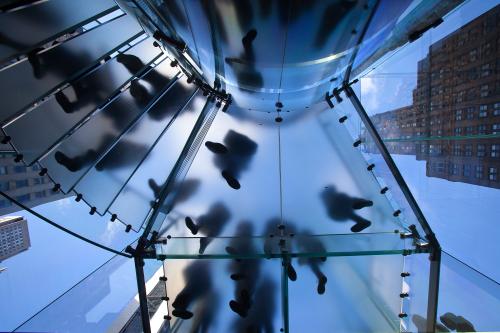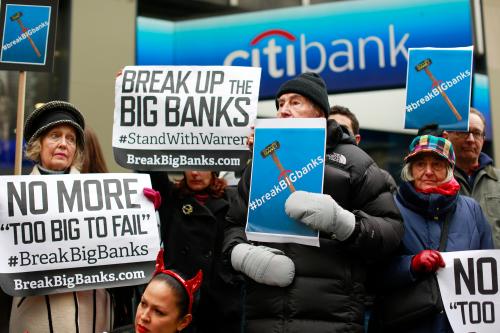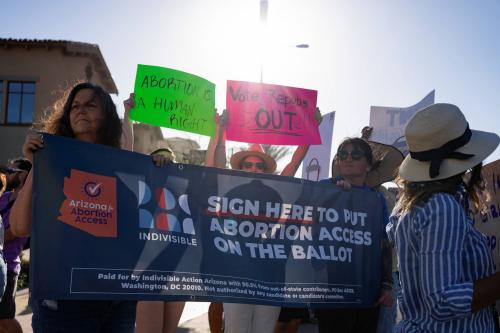Editor’s note: This week the Democrats gather in Philadelphia to nominate a candidate for president and adopt a party platform. Given that there are no minority reports to the Democratic platform, it is likely that it will be adopted as-is this week. And so we can begin the comparison of the two major party platforms. For those who say there are no differences between the Republican and Democratic parties, just read the platforms side-by-side. In many instances, the differences are—as Donald Trump would say, yuuuge. But in one surprising instance, the two parties actually agree. This piece details that unexpected similarity, while a companion piece from William A. Galston walks readers through one of the biggest contrasts.
Both party platforms this year call for reinstating a version of Glass-Steagall. Glass-Steagall is a depression-era law that separated commercial and investment banking activity. It was effectively repealed in 1999, under President Bill Clinton and replaced by the Gramm Leach-Bilely Act. When the Great Recession hit in 2008 and revealed the casino-like operations of many on Wall Street, attention turned to the wisdom—or lack thereof—of repealing Glass-Steagall. Not surprisingly, it became a rallying cry on the left and on the right for those who thought Wall Street had become too powerful and too reckless.
A year ago, Hillary Clinton gave a very powerful economic speech in which she called for an end to “short-termism” on Wall Street and for tougher controls against big banks. But that aspect of the speech was largely ignored and given the fact that she represented New York State in the Senate and had many contributors from the world of finance, Bernie Sanders was able to make her out as a puppet of Wall Street. At that time she did not endorse reinstatement of Glass-Steagall, arguing that there were other ways to get to the same results. And there is a legitimate debate over the wisdom of reinstating Glass-Steagall instead of enforcing other rules on the books, such as those in the Dodd-Frank bill. Nonetheless, as the political year went on reinstatement of Glass-Steagall assumed a symbolic significance.
But by agreeing to place reinstatement of Glass-Steagall in the Democratic platform Hillary Clinton signaled that she too would support it. Of course, as they say, the devil is in the details. The Democratic platform calls for a wide variety of other financial regulation in addition to Glass-Steagall, while the Republican platform states that Dodd-Frank is “crushing small and community banks and other lenders,” and calls for abolishing the Consumer Financial Protection Bureau.
But in terms of political significance, the presence of the same plank in both party platforms means that the one thing we can bet on seeing in 2017 is a tougher attitude toward the financial industry. To date there hasn’t been much interest in this in Congress. But if the establishment heard one thing loud and clear in the 2016 primaries, it was that millions of Americans think that they were the victims of Wall Street and that the next president had better pay attention.
Elaine C. Kamarck is a Senior Fellow at the Brookings Institution and author of Primary Politics: Everything You Need to Know about How America Nominates Its Presidential Candidates. She is a superdelegate to the Democratic convention.






Commentary
Democrats and Republicans agree: Reinstate Glass-Steagall
July 24, 2016